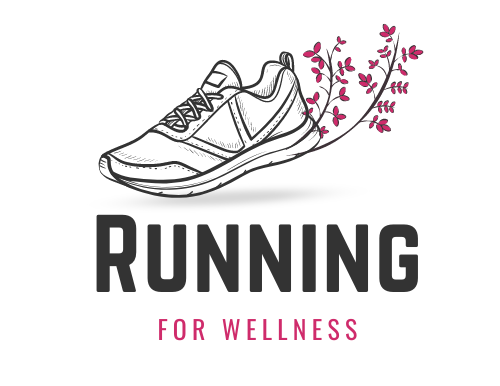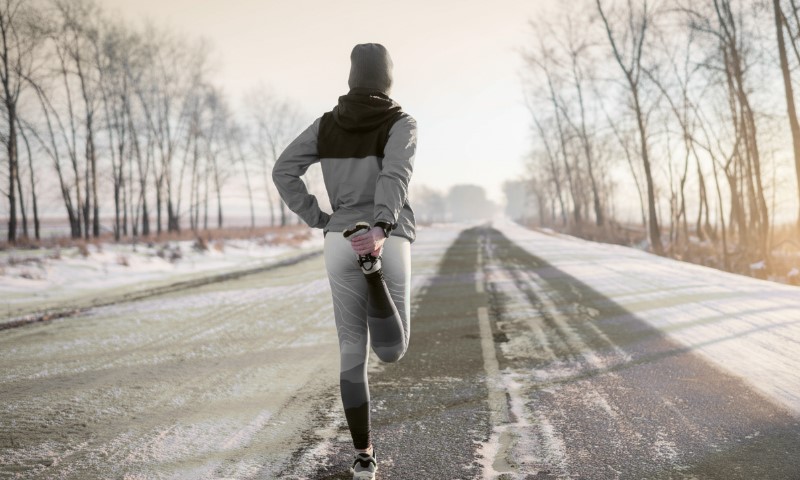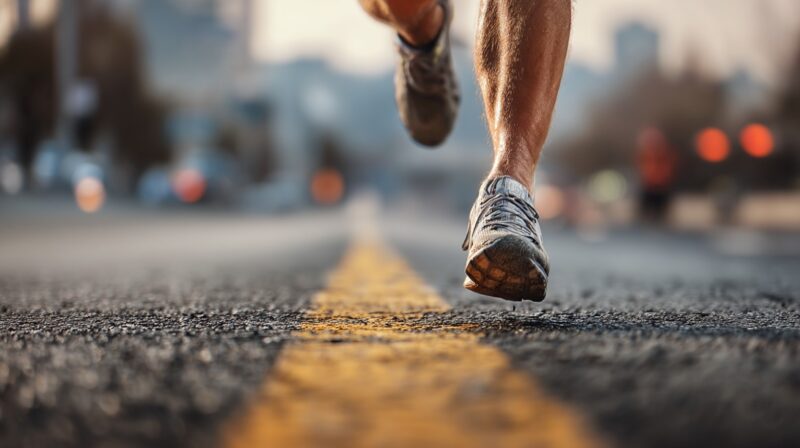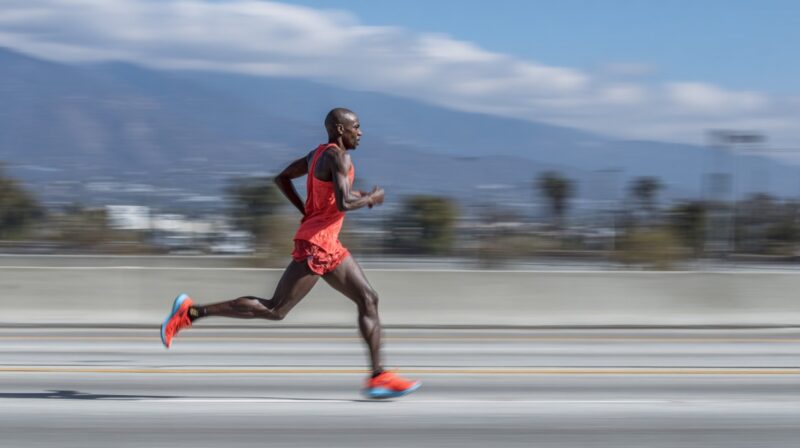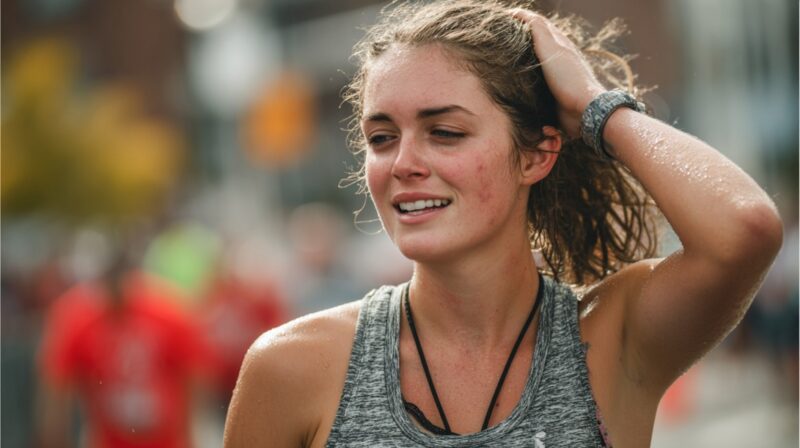Let’s get right to it: if you’re a runner and you’re not paying attention to your posterior chain, you’re probably leaving performance on the table—and flirting with injury.
The posterior chain is the group of muscles running down the backside of your body—glutes, hamstrings, calves, spinal erectors—and it’s the unsung hero of strong, efficient, injury-free running.
When it’s firing properly, your stride becomes more powerful, your posture holds up longer, and your knees will silently thank you after every session.
When is it weak or tight? Well, that’s when weird compensation patterns show up. Shin splints. Sore knees. That tight lower back that won’t go away. Sound familiar?
So yes, the posterior chain matters. A lot. Let’s break it down.
Table of Contents
ToggleWhat Exactly Is the Posterior Chain?
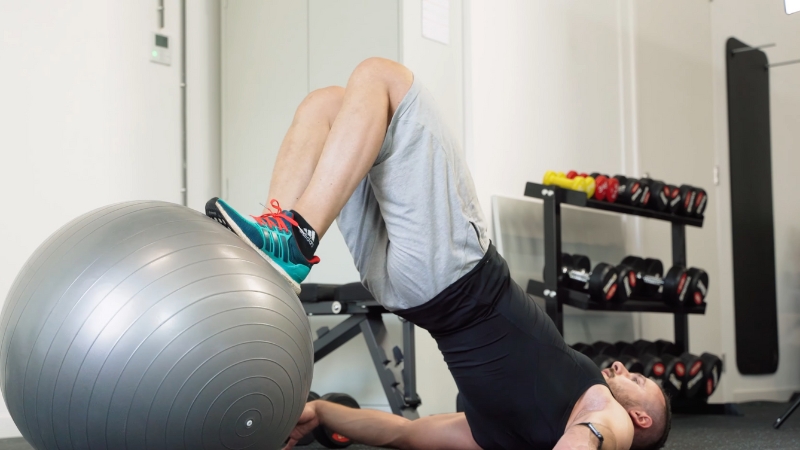
Think of your body as a team. Your anterior chain (the front side—quads, abs, hip flexors) gets plenty of attention. Squats, planks, lunges… all very forward-facing.
The posterior chain, on the other hand, often works behind the scenes. But that doesn’t make it any less critical.
Muscles in the Posterior Chain Include
It’s not just a back-of-the-body thing—it’s a kinetic chain, meaning each part connects and influences the next. Think of it like a well-trained relay team. When one runner drops the baton, the whole thing unravels.
Why Runners Tend to Neglect the Posterior Chain
Running is a sagittal plane movement—straight forward. So, naturally, the front side gets all the glory. Runners often double down on that bias with quad-dominant training: bike classes, squats, crunches, stair climbing. Not bad, but not balanced either.
Also, life doesn’t help. Sitting all day shortens the hip flexors and deactivates the glutes. Add in some lazy posture and shallow breathing, and your posterior chain starts checking out quietly. Until something hurts.
The irony? The posterior chain is doing a ton of work while you run—absorbing impact, stabilizing joints, and pushing you forward. It’s just that when it’s undertrained or ignored, it can’t keep up.
How a Strong Posterior Chain Benefits Runners
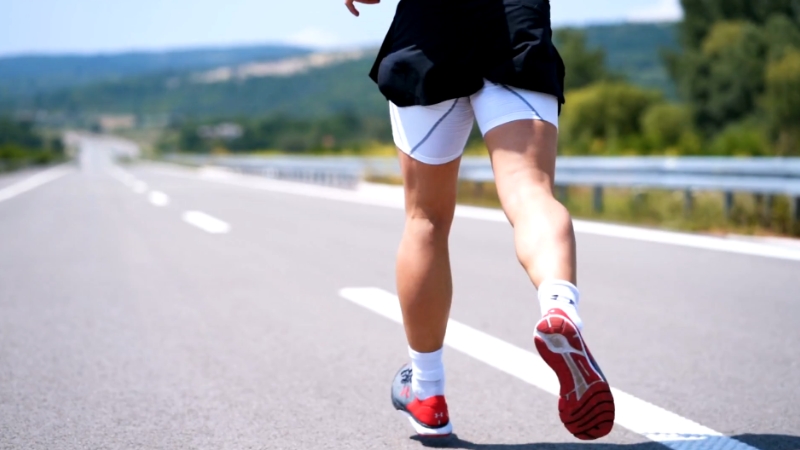
Let’s get specific here. A strong posterior chain does more than just look athletic—it directly impacts how you move.
1. Improved Stride Efficiency
Your glutes and hamstrings drive hip extension, which is what propels you forward. When they’re firing properly, your stride becomes smoother, longer, and less taxing. You’re not muscling your way through each step; you’re gliding.
2. Better Posture = Less Fatigue
Tired of hunching over at mile 8? Blame your spinal erectors and glutes. They help keep your torso upright, which means better oxygen intake and less upper-body collapse late in a run.
3. Reduced Injury Risk
Many common running injuries stem from imbalances: IT band syndrome, knee pain, and Achilles issues. A weak posterior chain often forces other muscles (like your quads or calves) to overcompensate. That’s when things get cranky.
4. More Explosive Power
Whether you’re sprinting for the finish line or tackling a steep hill, power comes from the back end. Glutes and hamstrings = horsepower.
Quick Posterior Chain Check-In: Are You Strong Enough?
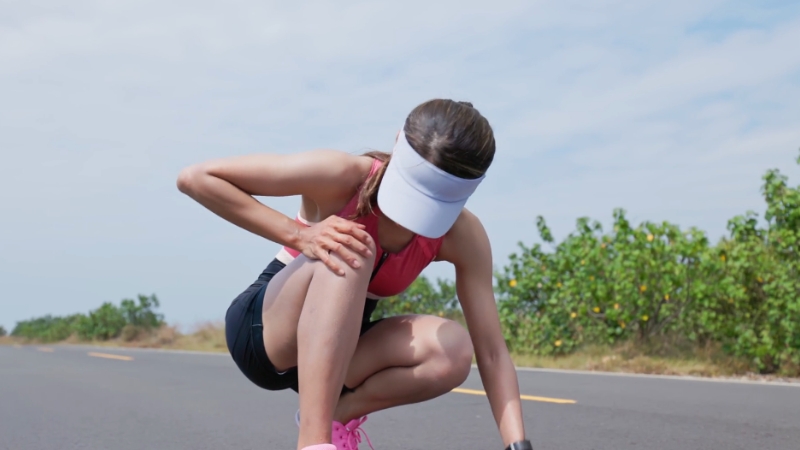
Here’s a quick reality check. If any of these sound like you, you might need to give your posterior chain more love:
How to Build Posterior Chain Strength – Without Overcomplicating It
You don’t need fancy equipment, a squat rack, or a PhD in kinesiology. What you do need: consistency, patience, and a willingness to move with intention. Here’s where to start.
Glute Bridges & Hip Thrust Variations
Great for activation and strength. Start with bodyweight, then add weight or single-leg variations.
- How to do it right: Don’t arch your back. Think “tuck your tail” and drive through the heels.
- Feeling it in your hamstrings? You might be overextending your lower back or not engaging your glutes fully.
Romanian Deadlifts (RDLs)
Target hamstrings and glutes with a hip-hinge movement. You can use dumbbells, kettlebells, or even just a resistance band.
Step-Ups & Reverse Lunges
Excellent for glutes, balance, and real-world strength. Choose a height that challenges without compromising form.
Hamstring Curls (Sliders or Stability Ball)
Don’t sleep on these. They isolate the hamstrings in a lengthened position—ideal for runners who tend to have tight, overworked hamstrings.
Calf Raises
Yes, calves are part of the posterior chain. They take a beating during every run, so strengthening them can be the difference between pain-free training and a chronic Achilles saga.
Exercise
Muscles Targeted
Beginner Version
Progression
Glute Bridge
Glutes, hamstrings
Bodyweight on the floor
Single-leg bridge or barbell hip thrust
RDL
Hamstrings, glutes, core
Dumbbells/kettlebells
Barbell or single-leg RDL
Step-up
Glutes, quads, calves
Bodyweight low step
Weighted, higher box
Calf Raise
Calves
Double-leg on flat ground
Single-leg on elevated surface
A Few Training Tips for Runners
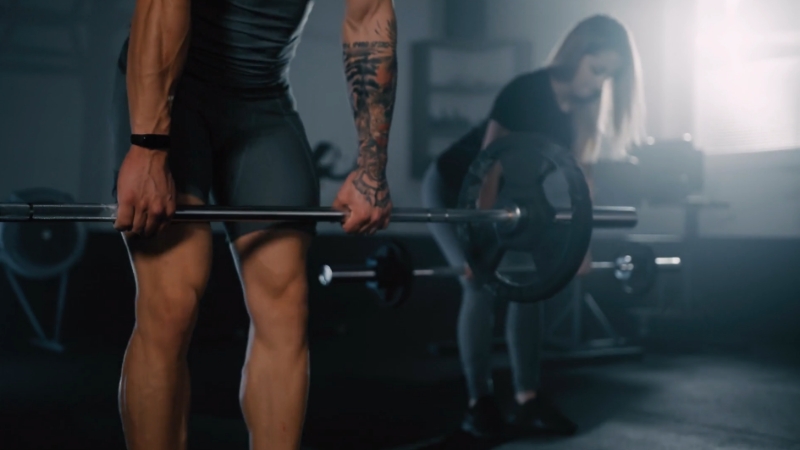
Train 2–3x per Week
You don’t have to overhaul your routine. Even two sessions per week of focused strength work can make a big difference. Think 30–45 minutes with a warm-up, 4–6 key exercises, and you’re golden.
Don’t Skip the Activation
If you go straight from sitting all day to running, chances are your glutes are asleep. Do some bridges, clamshells, or monster walks before a run to wake them up.
Posture & Form First
If you’re new to strength training, resist the urge to chase heavy weights. Build body awareness first. Are your hips level? Knee tracking? Back neutral? Quality reps beat quantity.
Tempo Is Your Friend
Slowing down the eccentric (lowering) phase builds more muscle and teaches control. Try counting to 3 as you lower in an RDL or lunge.
Common Mistakes Runners Make (And How to Fix Them)
Mistake #1: Only doing squats and calling it good.
Squats are great, but they’re not the be-all-end-all. They often bias quads unless you cue them properly.
Mistake #2: Ignoring unilateral work.
Running is one leg at a time. If your training is only bilateral, you might be masking strength imbalances.
Mistake #3: Skipping rest and mobility.
Tight, overtrained hamstrings don’t equal strong hamstrings.
What Happens When You Prioritize the Posterior Chain?
@valentinaathletic Most leg days focus on quads, but if you want power, speed, and injury resilience, you need to train your posterior chain- glutes, hamstrings, and lower back. This session is all about building strength where it matters most. 🔥Workout lineup: – Deadlifts 2×8 – Sumo Deadlifts 2×8 – Bulgarian Split Squats 3×12 – Single-Leg RDLs 4×8 – Walking Lunges 3×10 Train smart, move strong, and don’t neglect the muscles that keep you powerful! ✅ Save this for your next leg day!🔥 Full outfit @musclerepublic dc: VALENTINA . #fitness #gym #workout #fitnessmotivation #fit #motivation #bikini #training #health #travel #healthylifestyle #lifestyle #love #gymlife #gymmotivation #sport #summer #healthy #healthyfood #muscle #running #fitnessmodel #exercise #food #fitnessjourney #fashion #happy ♬ Mad Love – Sped-Up Version – Mabel & Speed Radio
Let me paint the picture.
You’re halfway through a run. Normally, your back’s starting to ache, your knees feel creaky, and your stride’s shortening.
But now? You’re upright. Glutes are doing the heavy lifting. Your feet are landing softer. You feel stable. You’ve got that little extra kick on the hills.
That’s the difference.
Posterior chain strength isn’t some obscure gym obsession—it’s a baseline requirement for resilient, efficient running. It doesn’t have to take over your life. But if you give it some consistent attention, it will change how you move.
Final Thoughts
Running is a beautiful sport, simple, meditative, powerful. But it’s not always kind to the body, especially when parts of your system are overworked and others are asleep at the wheel.
Building up your posterior chain isn’t about doing more for the sake of more. It’s about moving smarter. Getting stronger where it counts. And maybe, just maybe, running a little lighter and feeling a whole lot better because of it.
No hype. No fluff. Just solid strength in the places that matter most.
Now go lift something, and then go run. Better.
Related Posts:
- Top 400 Hilarious Gym Quotes to Keep You Motivated
- How Long Does It Take to Train for a Half Marathon?
- 25 Simple Running Motivation Tips To Get You Moving
- Half Marathon Training Plan for Beginners - Simple…
- How Far Is a Half Marathon? Everything You Need to Know
- How Can You Start a Career as a Running Coach?
